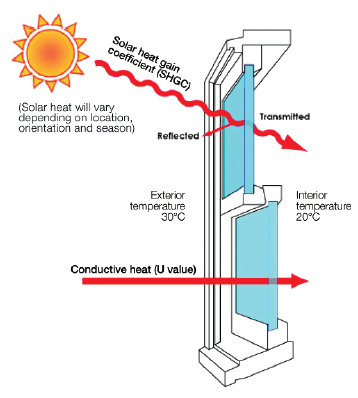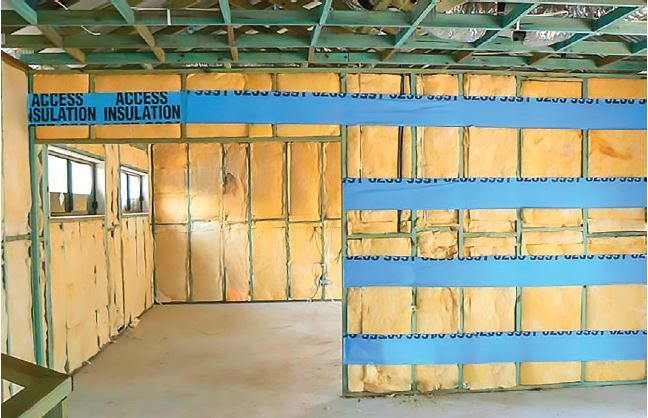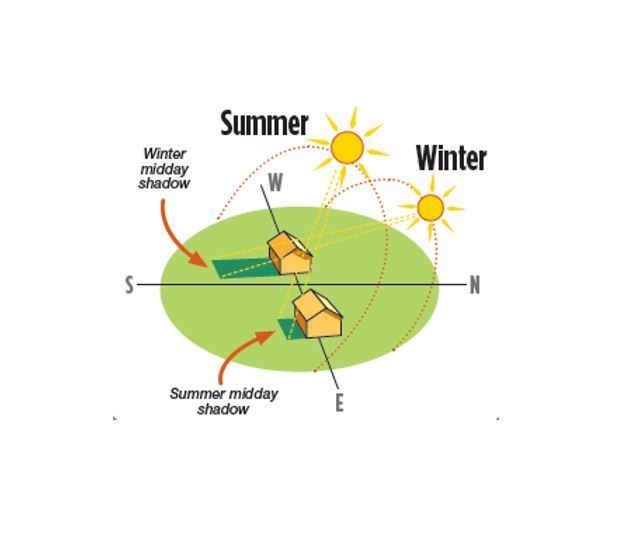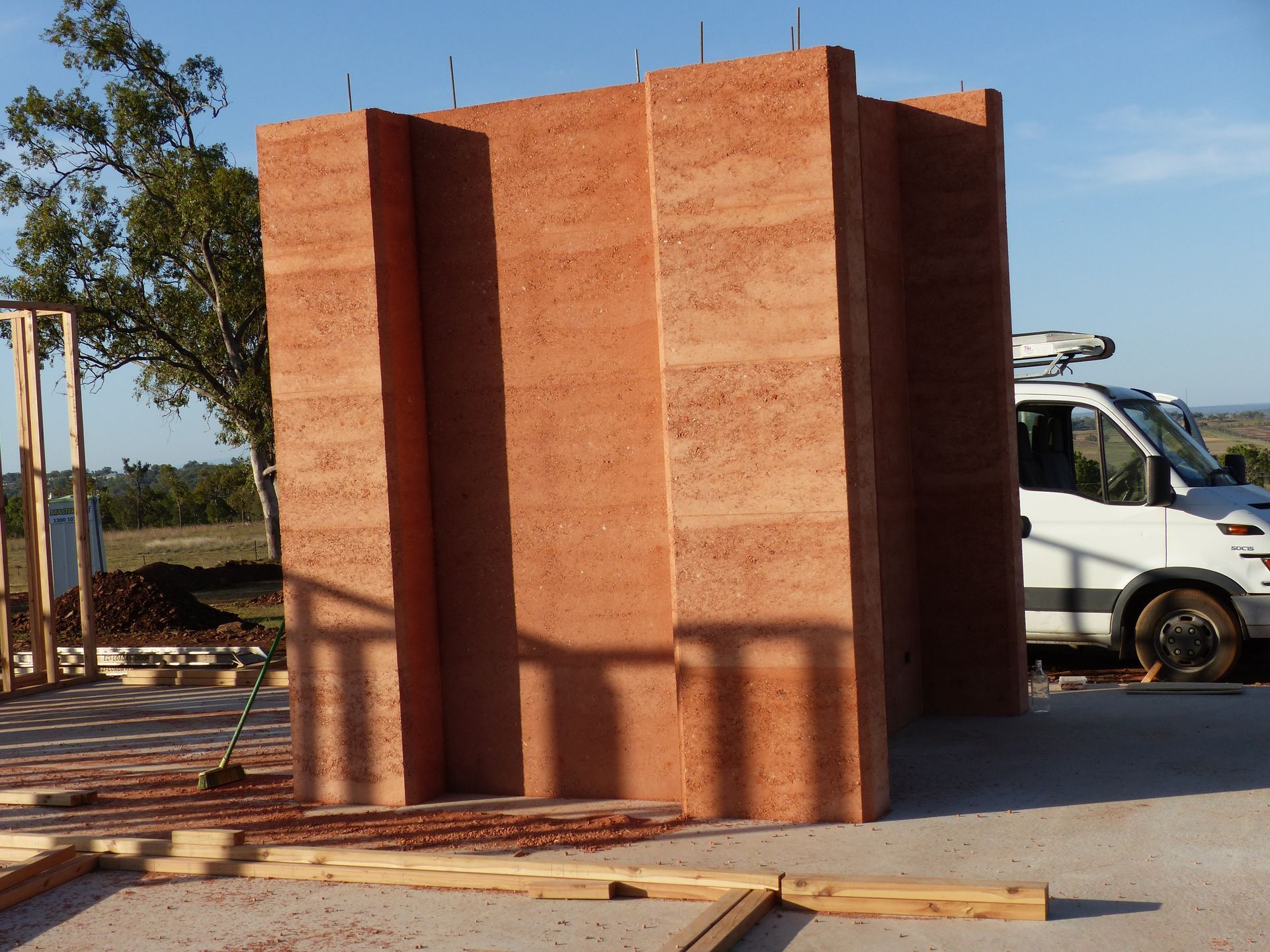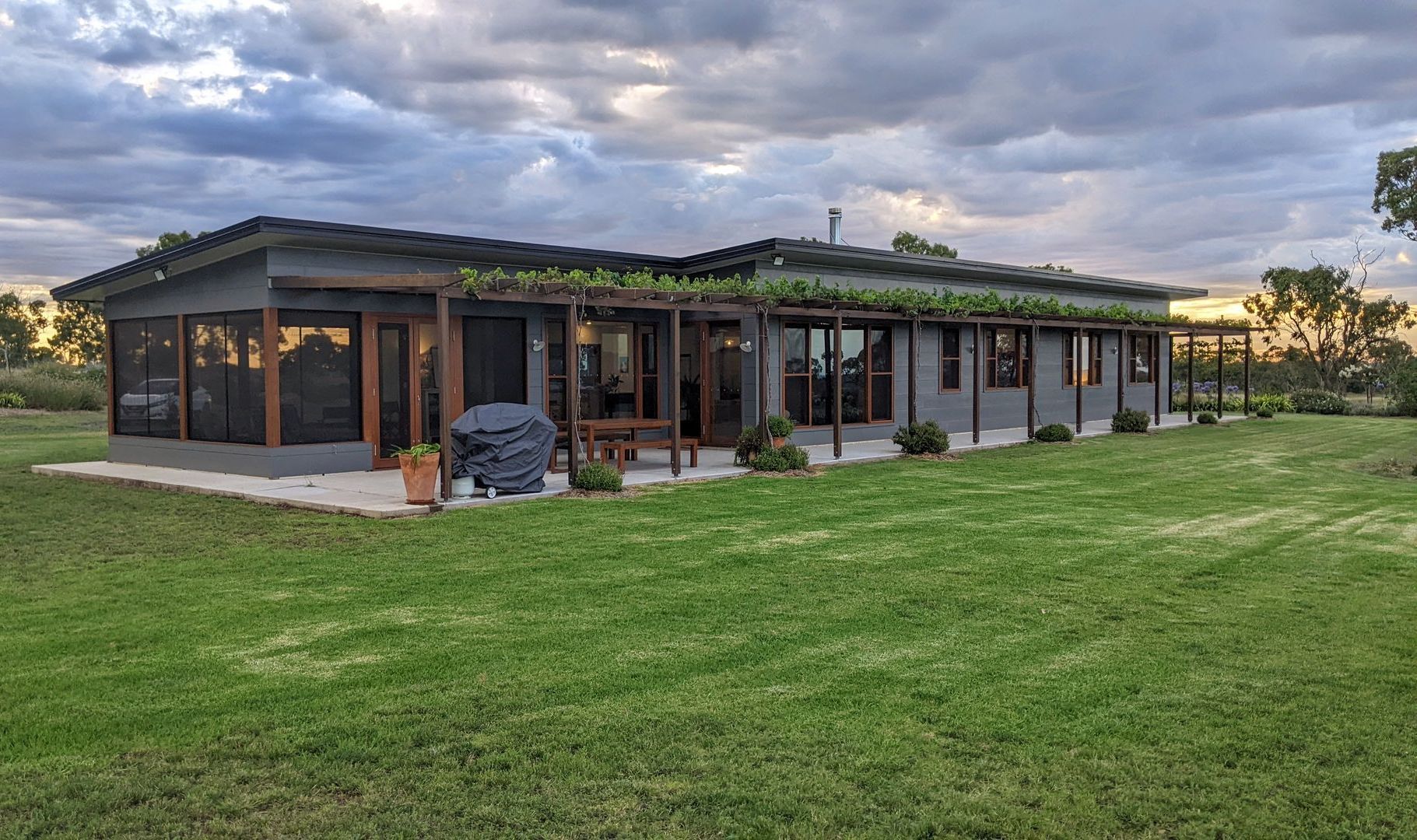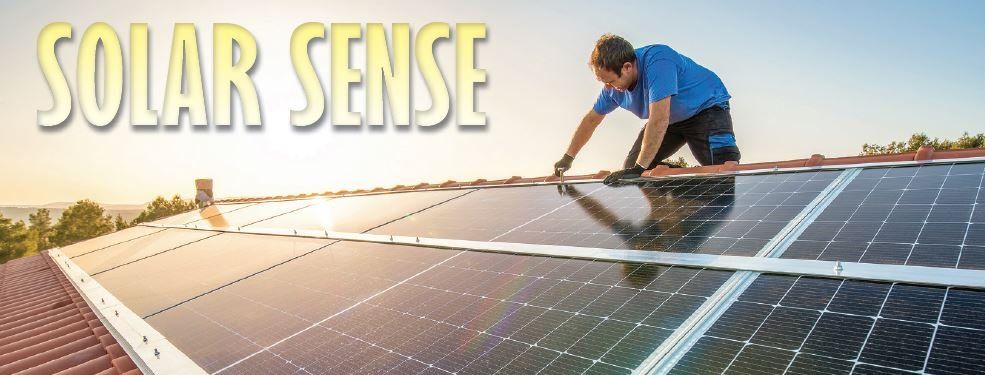Starting to build? Just point me in the right direction and all will be well
At this stage you’re now the proud owners of a block of land that’s ticked as many of the boxes as you could get, and you’re armed with at least a rough idea of the kind of home you’re going to build.
It may just be pencil sketches scrawled on your kid’s homework, or it may be architect’s blueprints, but the next exciting stage is about to begin.
The first and most fundamentally important step in attaining a low-cost energy efficient dream home is placing it on your land so it’s facing the right way. This is so fundamentally important that it’s surprising how many get I wrong. The common mistake is to simply face it to the street.
Its where we live
Where we live in the world determines this – the southern hemisphere. The weaker winter sun shines from the north, so that’s where you will want your living areas facing. Bedrooms ideally should face the east or south. Let your garage be the cheap barrier for the intense western sun. If your house plans are still at the scrawl stage, this is a really good time to re-evaluate where your living areas are in relation to this, and how your house will actually fit on your block.
If your house plans cannot be altered, positioning your home on the allotment will be the critical trade-off.
Remember the main point – don’t waste money
As the point here is building a liveable home that doesn’t cost much to build energy efficiency in right from the start, and that doesn’t cost much to heat and cool once it’s built, it must make full use of no-cost natural heating and cooling. Therefore, the cheapest heating you can get is the sun’s rays, and you want to be able to store as much of that as possible. Bu the same token, the cheapest cooking is to stop that heat from becoming uncomfortable.
The greatest energy expenses are in heating and cooling. That means installing quality insulation in the right places.
It’s what you build in, that matters
Size and placement of windows, choice and colour of building materials and how much thermal mass you build in, heights of ceilings, amount of roof overhangs, location of breezeways, patios and verandahs all have a direct bearing on passive heating and cooling.
To learn more about how to be optimise the building process, talk with our team at Geoff Gibson homes.
